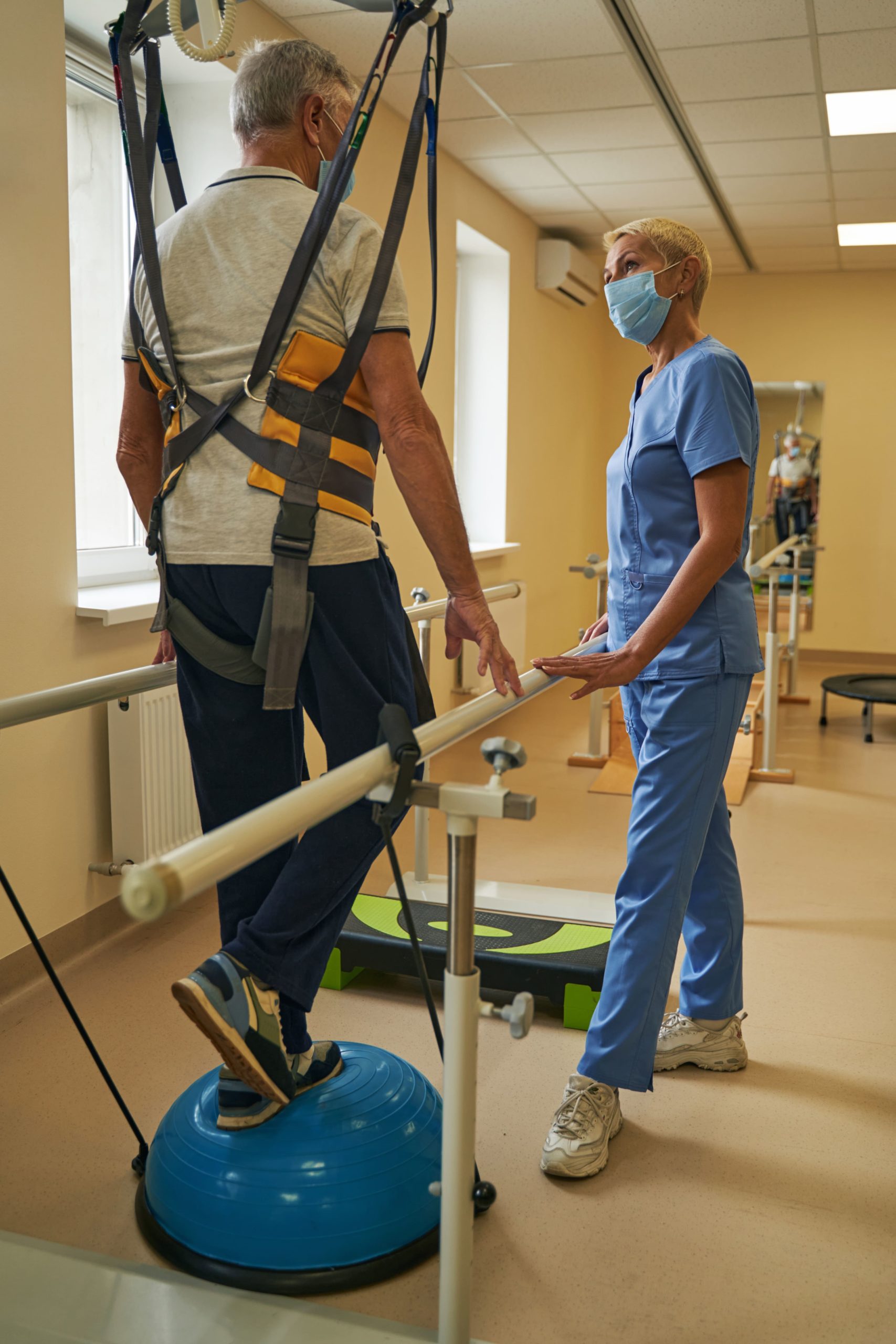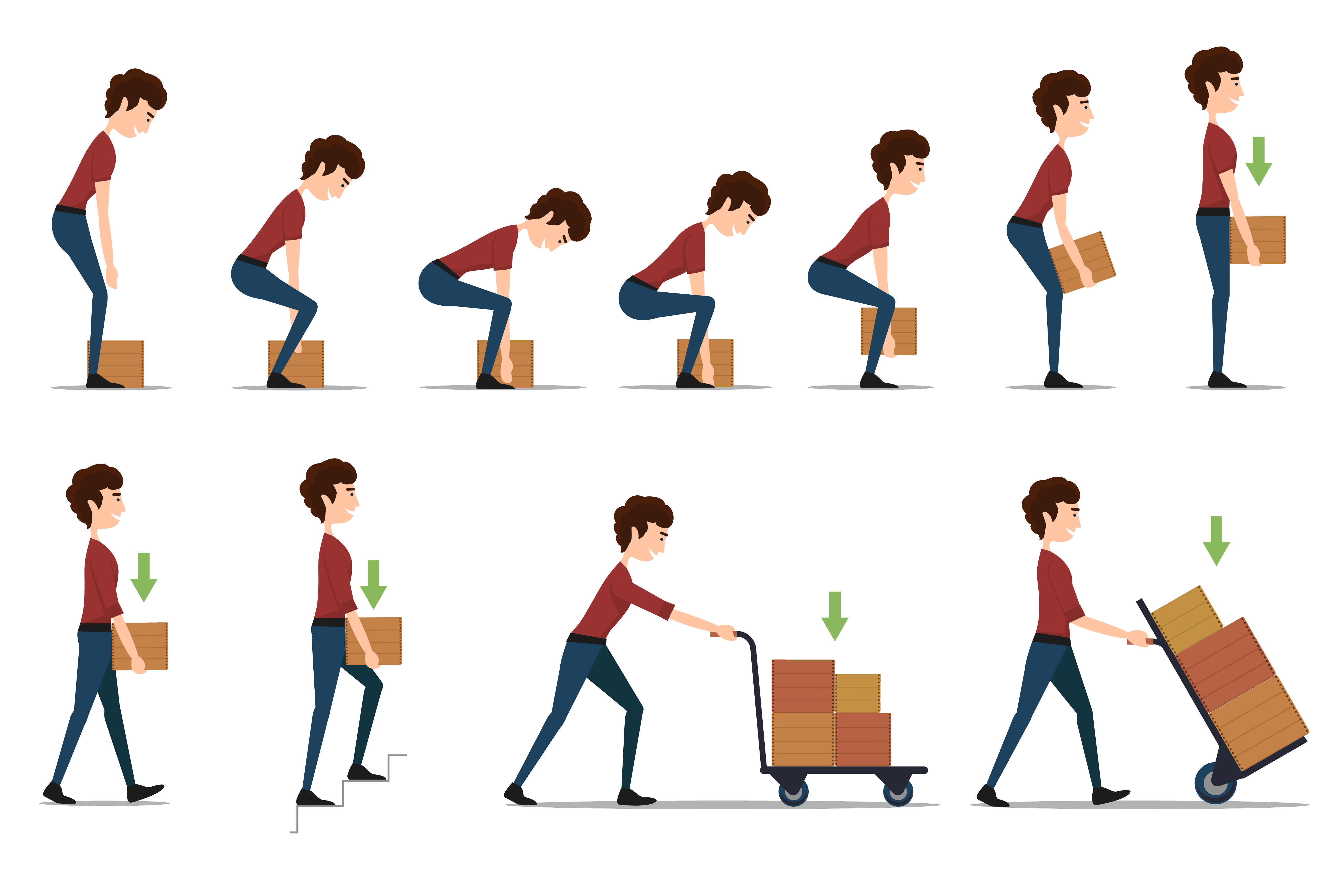Moving and Handling Training and Risk Assessment
Children or adults with complex neurological involvement more often suffer from restricted mobility. Appropriate moving and handling techniques and guidance are imperative for care team working to enable safe transfers when handling of the client. The moving and handling of people is a regular task, which if not done safely, can cause serious injury to client and staff involved.

As accredited moving and handling trainer and advisor, we are able to offer client specific comprehensive assessment, training and advice to the care team and family alongside clear written handling plans and risk assessment. The training can then enable the family/carers’ team to work safely and efficiently. We offer yearly update training to the team around a client so that they maintain their training requirements.
All our courses can be adapted to suit the specific requirements of the individual client and persons involved. Training provided cover a variety of topics for direct client specific training within manual handling and ergonomics.

Moving and Handling Training is Devised in Accordance to the Legislations
Health and Safety at Work Act (HSWA) 1974
Management of Health Safety Work Regulations (MHSWR) 1999
Manual Handling Operations Regulations (MHOR) 1992 (amended 2004 Lifting Operations Lifting Regulations (LOLER) 1998
Provision of Use Work Equipment Regulations (PUWER) 1998
Risk Assessments
Risk assessments are carried out for any procedure, where there could be a potential hazard. The following are assessed as a part of risk assessment:
• Task – information on the task
• Individual Capability -of handlers and clients
• Load – weight, size shape
• Environment – space constraints, inside, outside, anything else that impacts on the handling task


5 Steps of Risk Assessment
Professional accountability is fundamentally concerned with weighing up the interests of clients in complex situations. Professional knowledge, judgement and skills are used to make a decision enabling the professional to account for the decision made.
• Identify hazards
• Decide who might be harmed
• Evaluate the risk
• Record the findings
• Review assessments and updates
We Assess to Identify if Staff Working with Clients
• Are prepared and able to do the handling procedure
• That appropriate levels of supervision and support are in place
• That it is in accordance with professional standards and the employing organisation’s policies, procedures and guidelines
Moving and handling training can be offered within client’s home, educational set up, schools, nurseries, day care centres or respite care.

Book a treatment home, school or community visit
To make clients feel as comfortable as possible, we offer home visits or arrange treatment at one of our community clinics at William Merritt Centre, Leeds, or a similar centre or location of your choice in your local community across the North West and Yorkshire, or we could arrange to see you at a suitable space within your community.
We appreciate our clients may have mobility restrictions and will always consider how to make consultations and treatments as convenient, time optimised and pain-free as possible. Community-based rehabilitation and integration back into the community is the key to any successful rehabilitation. Besides the benefit of a familiar environment and the discipline of following treatment plans within their own setting , community-based treatment enables the client to stay motivated while involving their family and friends.